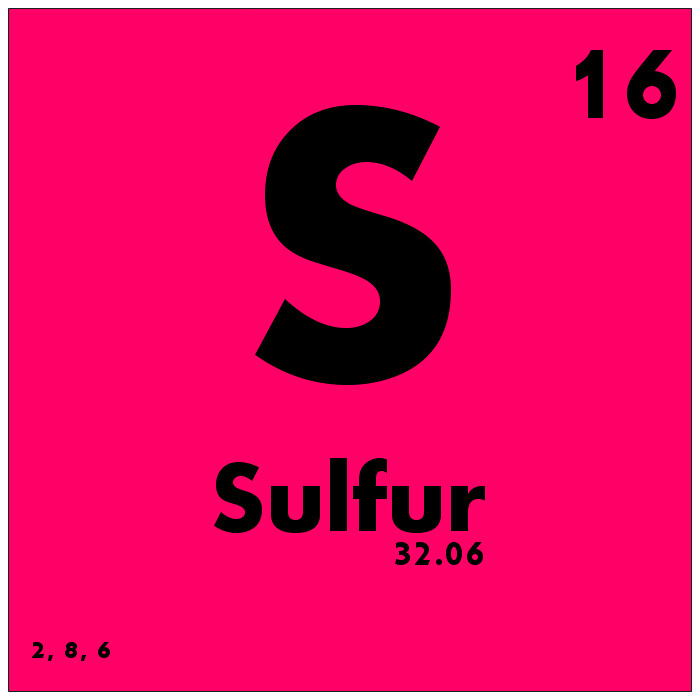Fertilizer Ingredients, Explained
We all use fertilizers on our plants so they will grow larger and flourish, but what’s in them and what do those ingredients do? If you’ve ever wondered that, you’re not alone! Today we will give a brief breakdown of each ingredient and what it does for your plants. Remember, if you have more questions, head over to our Facebook group, House Plant Hobbyist and ask away!
Macronutrients
The first list of nutrients that we will talk about are the macronutrients, or the nutrients that are used in larger amounts. We’ve all seen bottles of fertilizer that gives us those three numbers, or we have heard that we should use a good all purpose fertilizer that is 10-10-10. Those numbers stand for the percent of N, P, and K that the fertilizer has in it. In that case, it is saying that it has an even 10% of nitrogen, 10% of phosphorous, and 10% of potassium. So, N-P-K are the three main essential nutrients for houseplants
N —Nitrogen is essential in the formation of chlorophyll, which is used in photosynthesis, allowing the plants to turn light into energy that they can absorb. Since chlorophyll is green, nitrogen is key for having nice green leaves. The nitrogen also helps promote leaf growth. Every single living thing on Earth requires nitrogen to survive, not just our plants!
P — Phosphorous is important because it helps create cells that are sturdy and healthy. Essentially it is needed for respiration, cell division, and cell growth. Phosphorous also promotes the growth of healthy roots, flowers, and fruit.
K — Potassium is necessary for the actual process of photosynthesis and the management of water and nutrients. Another thing that potassium helps with is the overall health of the plant so it doesn’t get diseases and attract pests easily. Potassium also helps plants store energy for periods of dormancy.
Micronutrients
Next let’s take a loot at the micronutrients, or the nutrients that the plants need in smaller doses than the three main nutrients.
Ca — Calcium helps the plant absorb nutrients, raises the pH of the soil so it is less acidic, and helps the plant’s ability to fight off diseases.
Mg — Magnesium is actually one of the components of chlorophyll, so it is needed for photosynthesis to take place. It’s also necessary for the metabolization of phosphorus.
S — Sulfur helps with synthesizing of important amino acids, which make proteins — also known as the building blocks of life. Sulfur can also help plants that go into dormancy during the winter to became hardier.
B — Boron is necessary for the stability of the cell membrane and helps with cell division, sugar transport, and seed development.
Cl — Chlorine is an essential nutrient for plant growth because it is involved in the opening and closing of the pores in the leaves. These pores are needed to take in and release gas through inspiration and expiration, which is just a scientific way to say they allow the plant to breathe.
Cu — Copper is needed to activate enzymes, aids with photosynthesis, helps with respiration, and is a part of the production of vitamin A. It also helps to boost color in flowers, and color and flavor if you’re growing veggies.
Fe — Iron is an important part of food production and the growth of a plant. Many of the enzymes that are needed for transferring energy, the reduction of fixation of nitrogen, and the formation of lignin (which is used to make cell walls of plants rigid and woody), have iron in them.
Mn — Manganese plays a direct role in photosynthesis, and will accelerate the germination, and growth, of plants. Also, it increases the availability of phosphorous and calcium.
Mo — Molybdenum is needed for increasing plant growth.
Ni — Nickel is needed for the plant to metabolize.
Zn — Zinc is a key part of many enzymes and proteins, so it is an extremely important nutrient for plant growth.
Out of the listed micronutrients, the four that are not as prevalent in the soil, are boron, copper, manganese, and zinc.
Together, these nutrients support all aspects of plant growth — so find a well-balanced indoor plant fertilizer with all of these good ingredients to help your green friends flourish!

















